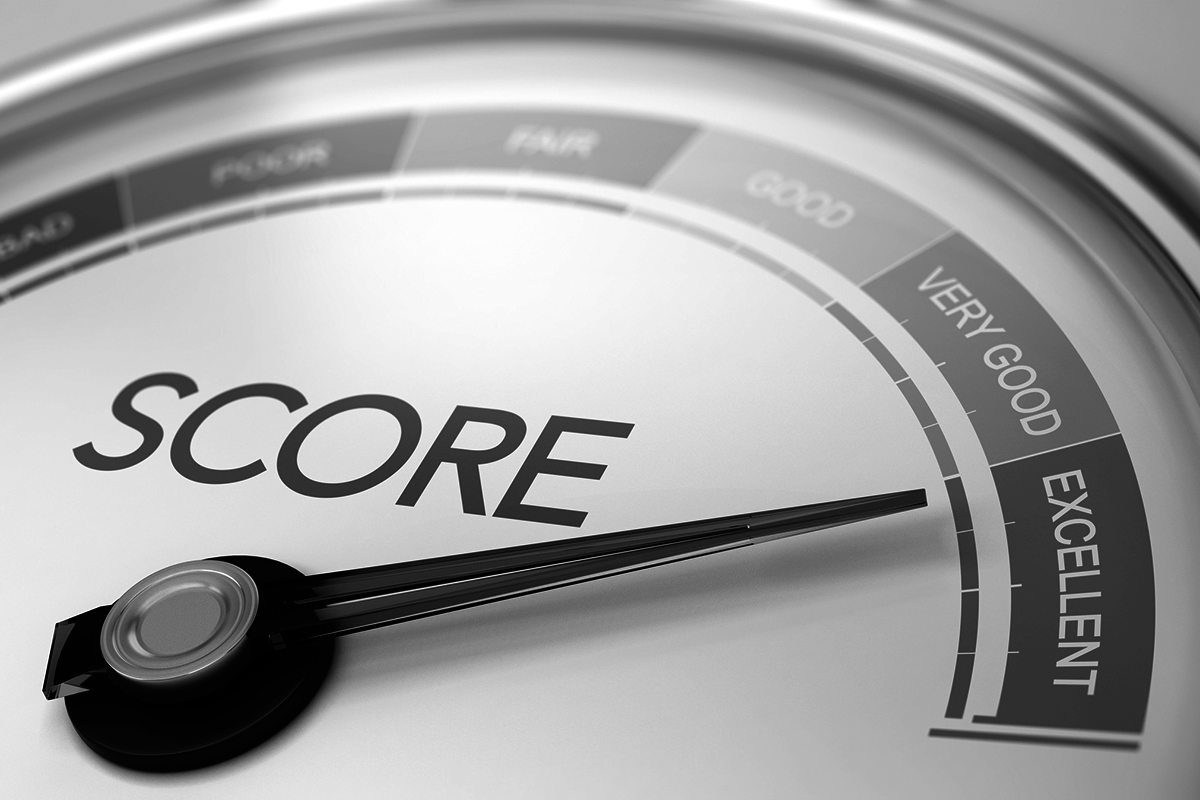How to Evaluate CEO Performance
By Todd Sirras

February 4, 2020 All Industries
Corporate boards must guide the CEO’s professional development and performance. Doing so is at the heart of the board’s stewardship role and critical to strategy-setting and execution. And yet, in our experience, some boards are comprehensive in this regard and others are not. Often, discussions about the CEO’s performance bear little resemblance to those about the broader executive team.
Two specific actions can promote significantly more effective feedback and development discussions between the board and the CEO.
Responsibility for CEO performance feedback is dictated by charter, and may be the responsibility of the board chairperson, the lead independent director, the chair of the compensation/HR committee, or the chair of the nominating and governance committee. This individual is responsible for collecting feedback, which may be a self-assessment from the CEO, input from other directors, and in fewer cases, upward feedback from the executive team. The assigned board member then reviews the board’s overall assessment and delivers performance and development messages back to the CEO.
But board members have to communicate increasingly complex demands and performance needs to the CEO as the nature of corporate responsibility changes and as board and executive team diversity increases. As a result, the job of collecting, distilling and delivering the messages is much harder and needs more attention to ensure it’s done as effectively as possible.
The two things that every board should do to improve feedback to the CEO:
- Spend time as a board considering who would be most effective for the performance conversation: We’ve seen many instances where the person tasked with the job is not the most effective messenger, and the result is not as strong as it could be. Sometimes this is a matter of personal styles but can also be a result of the specific business issues in a given year’s performance discussion. The board as a whole should review the specific issues each year and spend some dedicated time determining if support for the chairperson or committee chairperson is needed. This could mean an additional director joins the conversation, or other directors follow-up with the CEO, or even that the conversation starts with a director other than the responsible chairperson or committee chairperson.
- Mirror the assessment process used by the CEO for their team as much as possible: The board-driven CEO performance process often looks nothing like the CEO-driven performance process for the executive team. To some degree this is natural given different working relationships between the board and the CEO versus the CEO and the executive team, but the foundation for both should be similar. The board should spend time with the head of HR “getting under the hood” to understand how the CEO assesses and communicates with their team about performance and development, what tools are in place to collect performance feedback, and how the CEO uses them. Understanding how the CEO views performance assessment and its tools will yield valuable insight on engaging with the CEO on his or her own performance.
Effective feedback on the CEO’s performance is a critical element of strong and balanced leadership. The board should think about who on the board will provide that feedback as well as what tools the CEO will find most effective and familiar. Doing so will encourage a collaborative, and constructive environment for CEO performance and development discussions.

